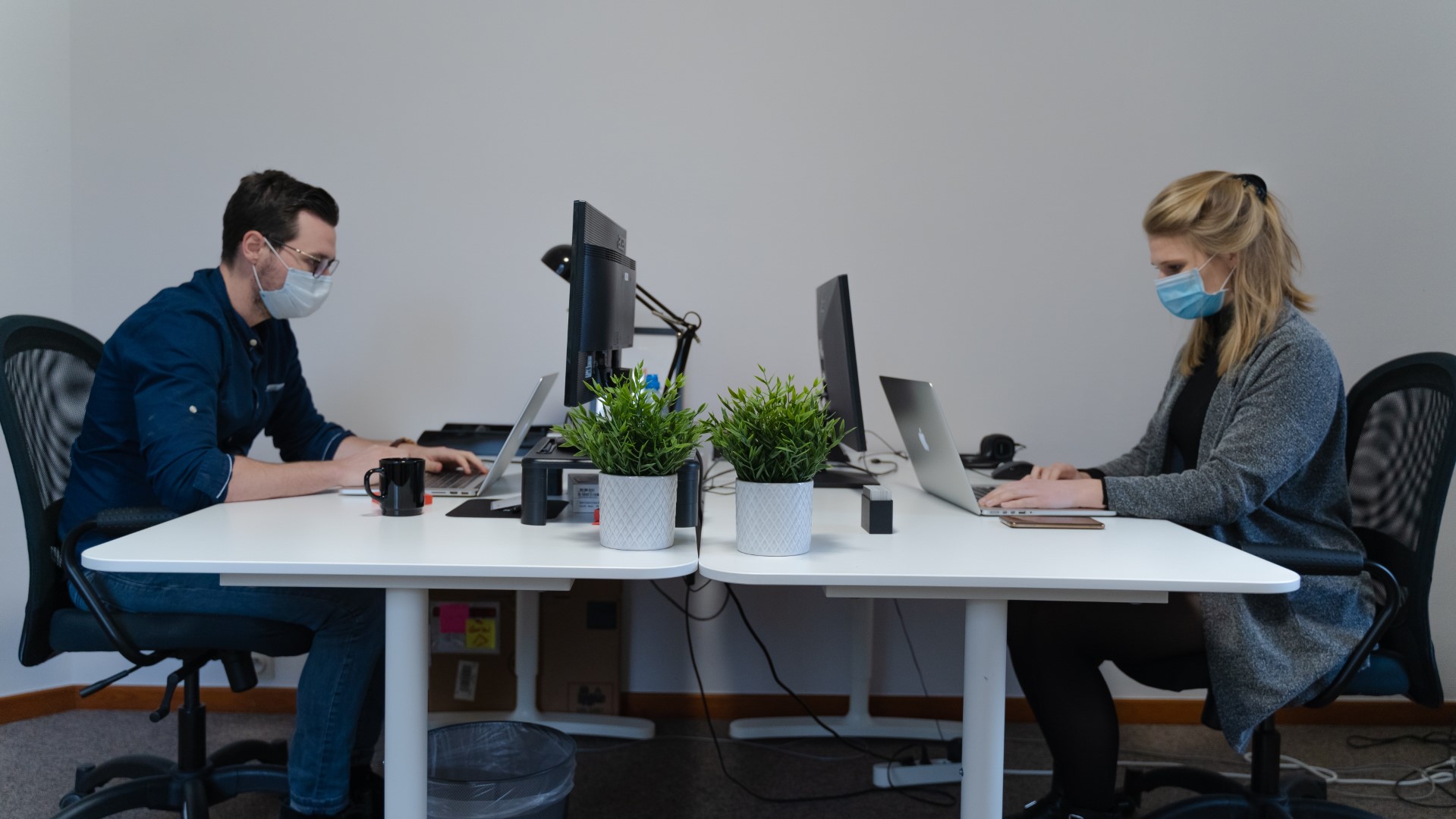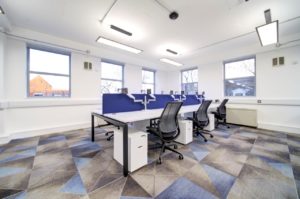In January 2020, the first two cases of COVID-19 in the UK were confirmed. Nearly a year later, we are still in the grip of the pandemic, but thanks to science we now know far more about how the disease spreads and, crucially, how to best protect ourselves against it.
According to the World Health Organisation (WHO), current evidence suggests that the main ways the virus spreads are by respiratory droplets among people who are in close proximity and through touching contaminated surfaces.
We’ve learned more about the way COVID-19 is spread, and seen more discussion about indoor air quality. We are more likely to be exposed to invisible airborne droplets and smaller particles indoors; the risk of infection is increased in spaces with poor humidity, temperature and dust levels. A recent study showed that air pollution significantly increases the COVID-19 death rate due to its impact on the lungs and respiratory system.
While clean air is more important than ever, the subject of air quality extends beyond COVID-19. It has long been known that poor air quality is bad for your health, with negative effects including shortness of breath; eye irritation; nose and throat; in more serious cases, asthmatic episodes or the worsening of other respiratory conditions.
But, as with COVID-19, the question is how do you eliminate the threat of something that you can’t see? The answer lies largely in technology. While the negative effects of bad air are tangible, identifying poor indoor air quality without technology is difficult. The good news is there are a number of systems out there which measure IAQ through responsive technology.
Aerum and Healthy Air Technology Ltd. – a company set up by Oxford University scientists with an R&D background — recently developed an advanced software that measure levels of humidity, volatile organic compounds (VOC), dust, CO2 emissions, temperature and more. The company has also developed medical-grade purifiers that can trap and eradicate up to 99.5% of harmful substances. This represents a technological breakthrough in relation to COVID-19, as the disease’s infected organisms can remain active for up to 28 days on inanimate objects.
There are a number of simple things we can do to improve indoor air quality. These include cleaning air ducts, making sure vents aren’t blocked by furniture, introducing toxin-absorbing plants and opening windows.
Whilst we can’t physically see unclean air, there are a number of things we can do to combat it. With technological advances and information, we can make spaces incredibly safe. For business owners, this will be an essential part of welcoming employees back into the office. The employees will be able to breathe easy knowing that they’re working in a space that doesn’t contain an invisible threat.
You can read more about our Poor Indoor Air Quality on the RAP Interiors blog at https://bit.ly/3dDoooA
If you’re looking to improve the indoor air quality in your workplace, then Rap Interiors can help. Call 0333 600 1234 to book a free consultation or email refurb@rapinteriors.co.uk





